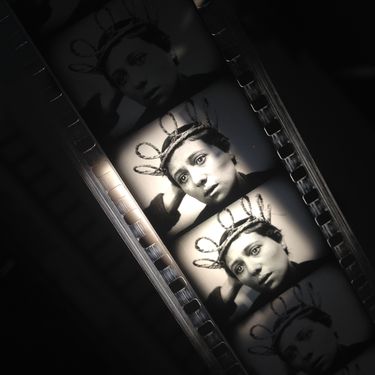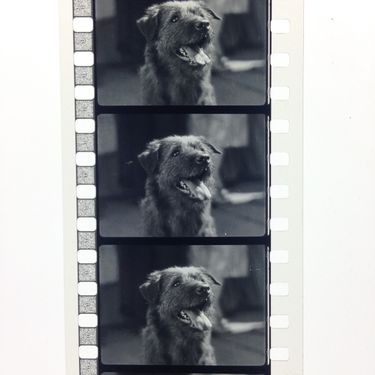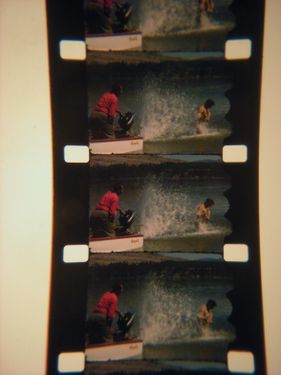| Welcome to Sprocket School! This project is maintained by volunteer editors. Learn more about how this works. |
Silent film: Difference between revisions
Jump to navigation
Jump to search
No edit summary |
|||
| (4 intermediate revisions by 2 users not shown) | |||
| Line 16: | Line 16: | ||
<gallery widths=250px heights=250px mode=packed> | <gallery widths=250px heights=250px mode=packed> | ||
File:Joan of arc.JPG| 35mm 1.33 Full frame silent | File:Joan of arc.JPG| 35mm 1.33 Full frame silent | ||
File:Speedy.JPG|35mm Full frame silent with Dolby Digital | File:Speedy.JPG|35mm Full frame silent with Dolby Digital music track | ||
File:16mm-doubleperf-silent.jpg| A 16mm home movie with no soundtrack | File:16mm-doubleperf-silent.jpg| A 16mm home movie with no soundtrack | ||
</gallery> | </gallery> | ||
==Related Articles== | ==Related Articles== | ||
| Line 30: | Line 29: | ||
* [http://www.silentera.com SilentEra.com] | * [http://www.silentera.com SilentEra.com] | ||
*[http://nilesfilmmuseum.org/ Niles Essanay Silent Film Museum] | *[http://nilesfilmmuseum.org/ Niles Essanay Silent Film Museum] | ||
[[Category:Film prints]] | |||
[[Category: Sound formats]] | |||
Latest revision as of 17:14, 4 April 2017
Silent film commonly refers to commercial film productions before the adoption of sound in the late 1920s. However, silent films encompass much beyond that — many 8mm, Super 8, 9.5mm, 16mm, and 28mm amateur films, home movies, experimental films, and even feature films were made without soundtracks long after the 1920s.
Silent Films in 35mm
- Aspect ratios
- Movietone music + effects tracks vs. true 'silents'
- Modern-day recorded accompaniment
- Post-1920s silents
- Variable speed - technical details, historical details
Small Gauges
Amateur Films
Experimental Films
Images
-
35mm 1.33 Full frame silent
-
35mm Full frame silent with Dolby Digital music track
-
A 16mm home movie with no soundtrack


